The Ice Plant, a Delicate Delicacy: Unveiling its Unique Appeal and Health Benefits
The Ice Plant, or Mesembryanthemum crystallinum, is captivating the curious.
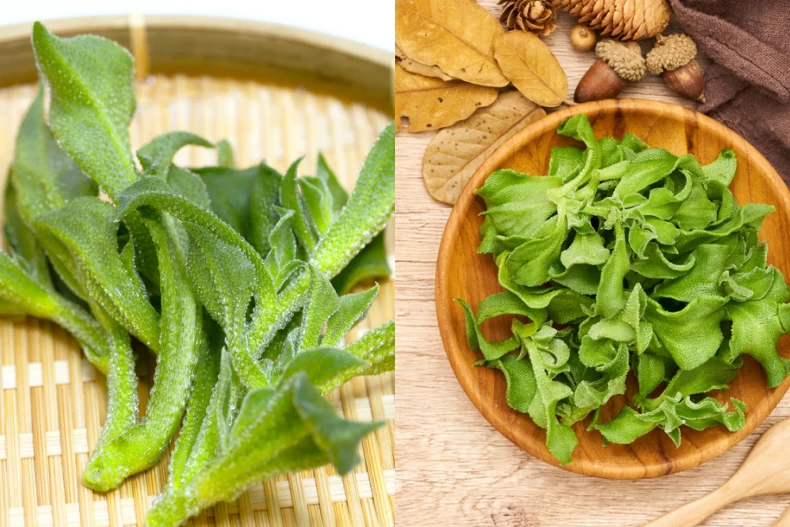
The Ice Plant, a crystalline delicacy, piques curiosity with its beauty and health benefits.
Unveiling the Ice Plant: A Botanical Gem
The Ice Plant, with the scientific name Mesembryanthemum crystallinum L., is a succulent plant native to Africa, the Sinai Peninsula, and Southern Europe. It has since been cultivated worldwide, known as the Ice Plant or Crystalline Ice Plant in English, and given various names in Chinese, including Bīng Dié Rì Zhōng Huā, Bīng Huā, and Shuǐ Jīng Bīng Cài.
Its name derives from the plant’s unique appearance, adorned with bladder cells or large water sacs that sparkle like ice, frost, or crystal clear ice water.
A professor at Saga University in Japan first discovered its exceptional nutritional value, and through improvements, it has become a high-value specialty vegetable sold in supermarkets under different names, depending on the farms that cultivate and brand it. Five to seven years ago, this vegetable fetched around $80 per kg (approximately 2 million VND), but its value has since evolved. According to labor surveys in Japan, prices range from over 1 million to over 7 million VND per kg of fresh produce.
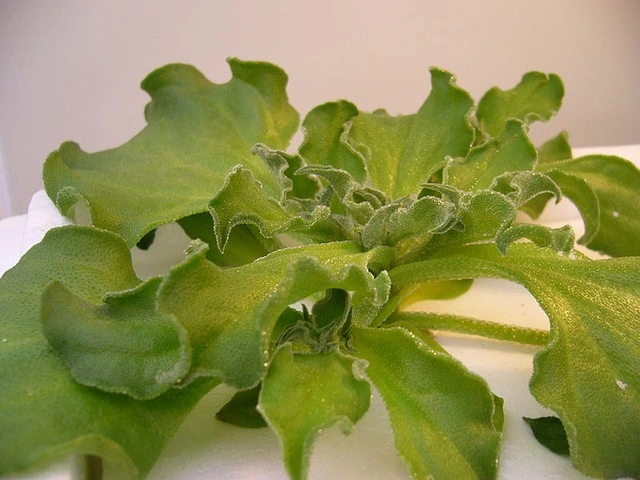
The Ice Plant, or M. crystallinum, successfully cultivated in Vietnam, is a delicacy in Japan.
Over a decade ago, Saga University (Japan) collaborated with An Giang University to research and experimentally cultivate the Ice Plant. This vegetable is notable for its high nutritional content, commonly used as a food and cosmetic ingredient, and its adaptability to the changing climate and saltwater intrusion in the Mekong Delta region.
The Ice Plant – A Culinary Delight: “LV of the Vegetable World”
The Ice Plant offers a crisp, sweet taste with a subtle natural salty note. It is rich in fiber, beta-carotene, vitamin K, potassium, and precious inositol (which helps stabilize blood sugar and boost metabolism). It benefits cardiovascular health, regulates blood pressure, promotes hair growth, and is regarded as a premium health ingredient.
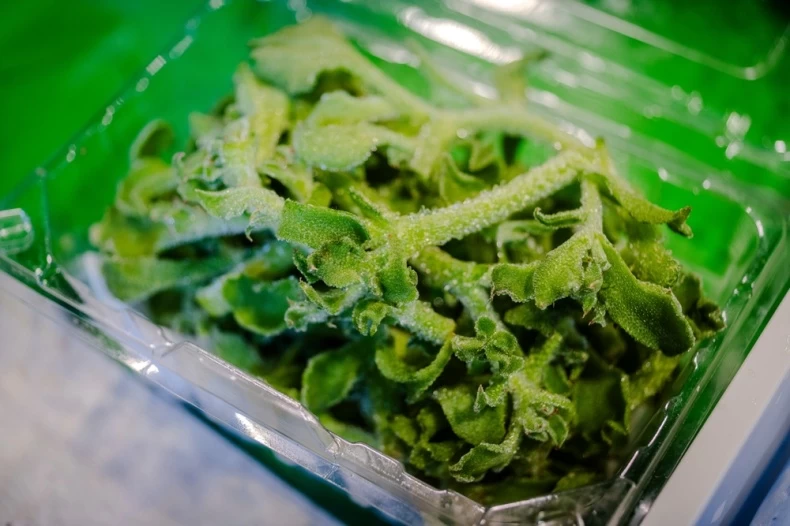
Consuming the Ice Plant provides a wealth of nutrients.
Low in Calories, Ideal for Weight Loss
For those seeking a weight management ally, the Ice Plant is a must-consider. This vegetable is incredibly low in calories, approximately 15 calories per 100 grams, and its high water and fiber content promote satiety, making it an effective diet companion.

Even Taiwan’s renowned heiress, Sun Yun Yun, shared her fondness for this vegetable for breakfast on Weibo.
Here are some ways to enjoy the Ice Plant if you’re aiming for weight loss:
– Low-calorie salad: Combine it with Japanese-style dressing or vinegar for a refreshing, non-greasy dish.
– Accompany grilled fish: Pair Ice Plant leaves with pan-seared or grilled fish fillets and mushrooms to enhance flavor while keeping calories in check.
– Smoothie: Blend it with bananas, unsweetened soy milk, or fresh milk for a nourishing and filling drink.
– Cold dish: Mix it with tomatoes, cucumbers, and tofu for a more savory flavor.
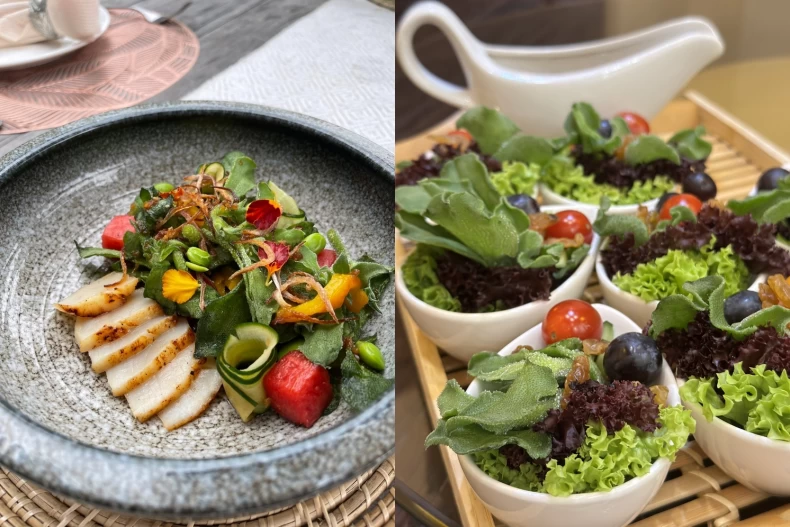
The Ice Plant’s low-calorie nature makes it a weight loss ally.
These preparation methods not only help maintain your figure but also provide a wealth of nutrients, making your weight loss journey more enjoyable and flavorful.
Who Should Refrain from Indulging in the Ice Plant?
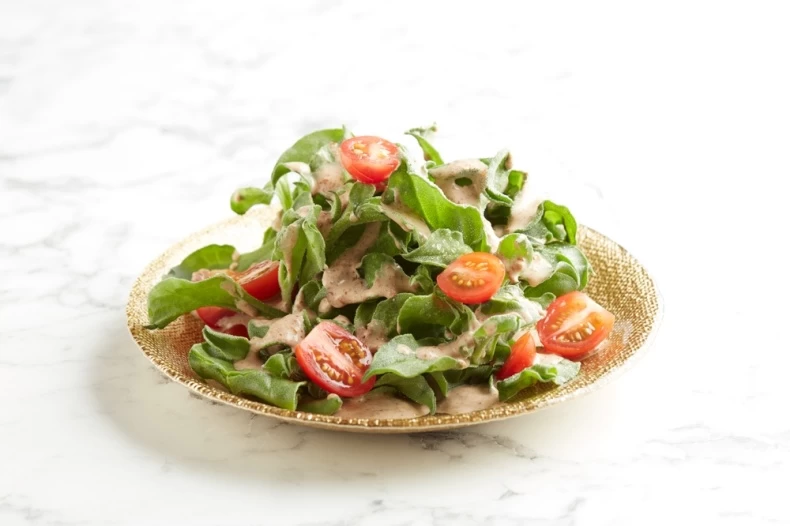
Not everyone is suited to consuming this delicacy.
Despite its impressive nutritional profile, certain individuals should exercise moderation when consuming the Ice Plant to avoid potential health issues:
– Individuals with Weak Constitutions and Sensitive Stomachs: The Ice Plant has a cooling nature and can cause stomach discomfort. Those prone to diarrhea or with sensitive digestion should consume it sparingly or avoid eating it raw.
– Pregnant Women and Those on Their Period: Due to its cooling nature, the Ice Plant may influence intestinal motility, causing discomfort or diarrhea. As such, pregnant women and those on their period should consume it in small quantities or refrain from eating it raw.
– Individuals with Kidney Issues: The Ice Plant is rich in potassium, which can disrupt electrolyte balance in individuals with compromised kidney function. Therefore, those with kidney problems should consult a doctor before including it in their diet.
The Perfect Blend of Sweet and Sour: Unveiling the Secret Ingredient.
For just 8,000 to 10,000 VND, you can enjoy a refreshing glass of sugarcane juice, approximately 500ml with ice. That’s right, for less than the price of a cup of coffee, you can beat the heat with this sweet and healthy treat. But have you ever wondered why vendors often add a slice of citrus, specifically a quất (a type of bitter orange), to your glass of sugarcane juice? It’s more than just a decorative touch – it’s a traditional twist with a burst of flavor!
Who Should Refrain from Drinking Perilla Leaf Tea?
Introducing the powerful health benefits of perilla leaf water – a nutritional powerhouse, but not for everyone.
Perilla leaf water is an ancient remedy, a traditional drink with a plethora of health advantages. Rich in essential nutrients, it offers a boost to overall wellness. However, despite its myriad benefits, this drink is not universally suitable. Some individuals should refrain from consuming it.
Moringa, the ‘Beef of Vegetables’: Superfood with Astonishing Health Benefits
Moringa, the “miracle tree”, is a nutritional powerhouse that offers a plethora of health benefits. This superfood is known to regulate blood sugar levels, promote healthy skin, support liver function, and boost overall well-being. With its rich nutrient profile, Moringa is a natural remedy that has gained recognition for its ability to enhance one’s quality of life.





































